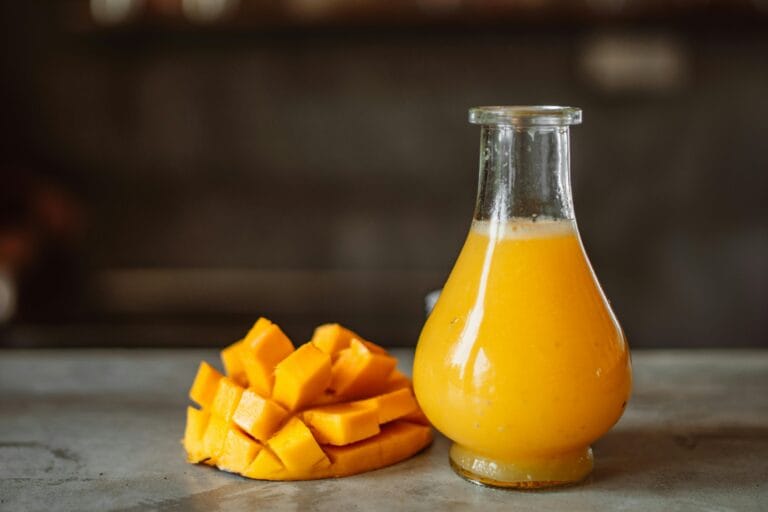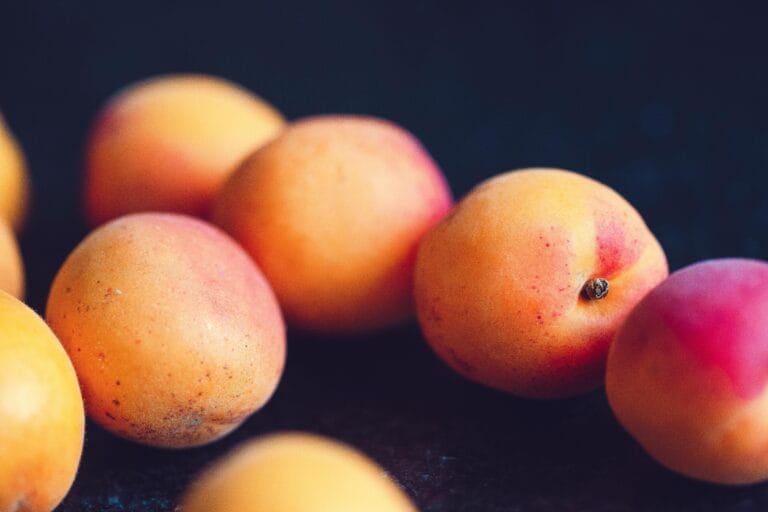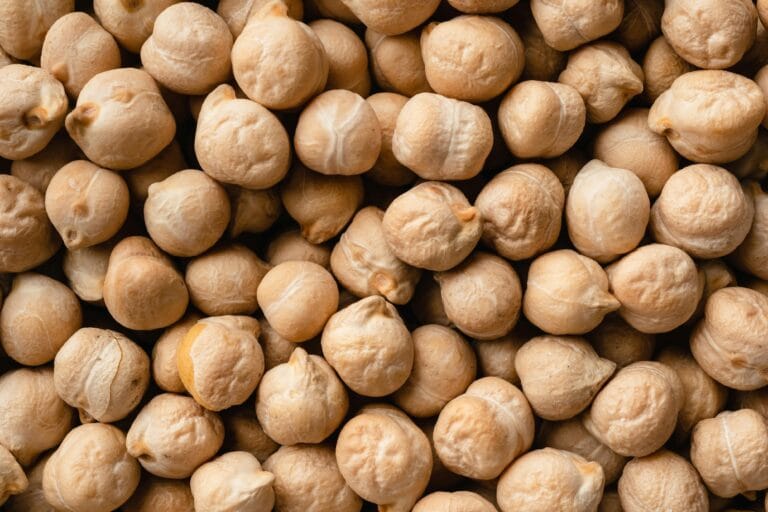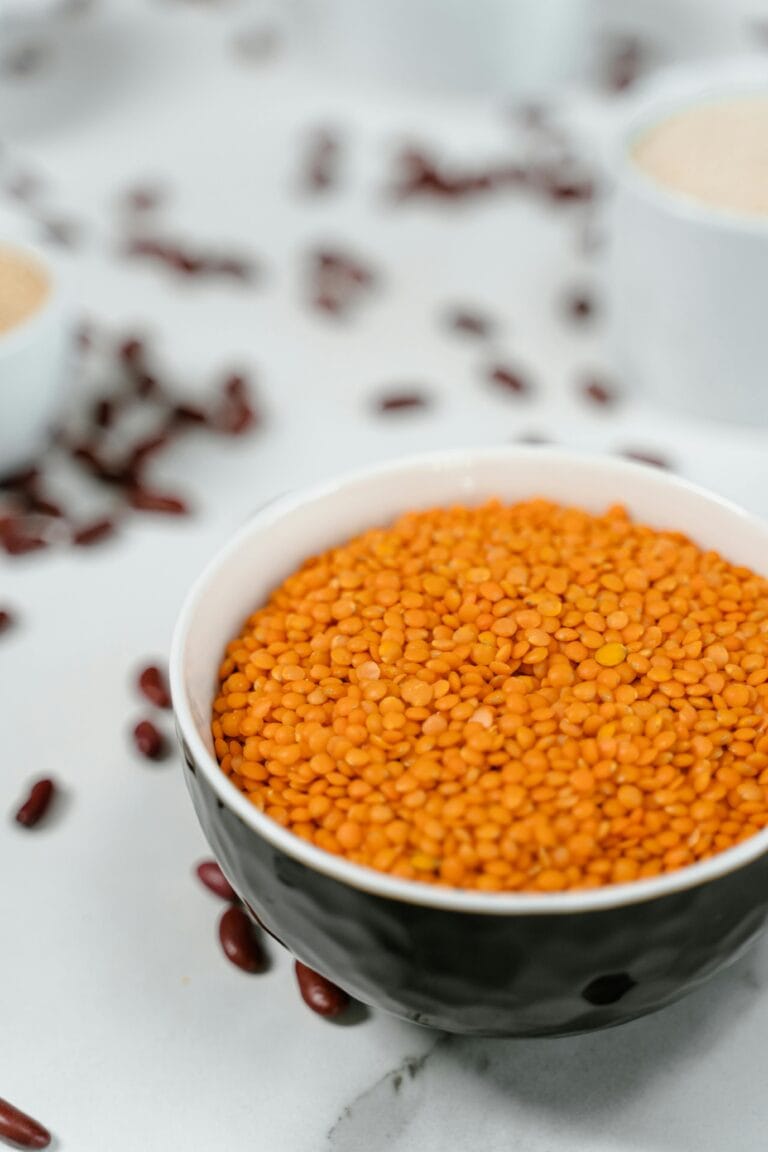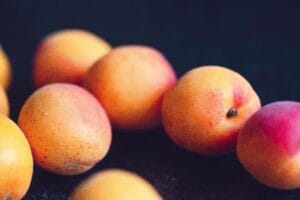Nutritional Benefits of Figs
Figs are a remarkable fruit, known not only for their distinctively sweet flavor and chewy texture but also for their impressive nutritional profile. These fruits are rich in essential vitamins and minerals that play a crucial role in promoting overall health. One of the standout characteristics of figs is their high fiber content, which is beneficial for optimal digestive health. A diet rich in fiber helps to maintain regular bowel movements and can prevent digestive disorders, making figs a valuable addition to any meal plan.
In addition to fiber, figs are a good source of vitamins, particularly vitamin B6, vitamin K, and vitamin A. Vitamin B6 is crucial for protein metabolism and cognitive development, while vitamin K is known for its role in blood clotting and bone health. Vitamin A supports vision and skin health, further enhancing the appeal of this delectable fruit. Furthermore, figs are also packed with minerals such as potassium, magnesium, and calcium, which are essential for heart health, muscle function, and maintaining strong bones.
The antioxidant properties of figs should not be overlooked. These compounds help combat oxidative stress and inflammation in the body, contributing to overall health and well-being. The presence of flavonoids and phenolic compounds in figs exhibits potential protective effects against chronic diseases, including heart disease and certain types of cancer. Historically, figs have been utilized in traditional medicine for their potential therapeutic benefits, often considered a natural remedy for ailments ranging from digestive issues to skin irritations.
Today, with the growing interest in health and wellness, figs have earned their place as a superfood. Their versatility allows them to be incorporated into various dishes, from salads to desserts, thereby enriching diets while delivering significant nutritional gains. With a combination of vitamins, minerals, and antioxidants, figs represent an excellent choice for anyone seeking to enhance their nutritional intake.
Daily Uses of Figs in Your Diet
Figs, with their unique sweetness and rich flavor, can be incorporated into your daily diet in numerous delightful ways. When consumed fresh, they possess a succulent texture that makes them an excellent addition to snacks and meals alike. Fresh figs can be enjoyed on their own or sliced and added to salads, providing a burst of sweetness that contrasts beautifully with savory ingredients. A mixed salad with arugula, goat cheese, walnuts, and sliced fresh figs offers a perfect balance and elevates your dining experience.
Dried figs are another nutritious option, as they are a concentrated source of vitamins and minerals. They can be conveniently enjoyed as a standalone snack or chopped and incorporated into oatmeal or yogurt for a wholesome breakfast. Furthermore, dried figs can enhance baked goods, such as muffins, breads, and granola bars, providing a naturally sweet flavor while adding beneficial nutrients.
For those seeking creative dessert ideas, figs can serve as the star ingredient in various recipes. Roasted figs drizzled with honey and served with Greek yogurt make for an elegant yet simple dessert. Additionally, figs can be pureed into smoothies, combining them with other fruits like bananas or berries to create a nutritious and satisfying drink that is full of vitamins.
Storage of figs is crucial for maintaining their flavor and nutrients. Fresh figs should be enjoyed shortly after purchase, but when necessary, they can be stored in the refrigerator for a few days. Dried figs, on the other hand, can be kept in a cool, dry place for extended periods, which makes them a versatile pantry staple. Incorporating figs into your diet not only adds a delightful sweetness but also enhances your meals with their rich vitamin and mineral content.
Major Fig Producing Countries
Figs, a popular fruit known for their distinctive taste and nutritional benefits, are cultivated in various regions around the globe. The leading fig-producing countries possess unique climates and agricultural practices that facilitate the growth of this versatile fruit. Among the top producers are Turkey, the United States, and Iran, each contributing significantly to the global fig supply.
Turkey stands out as the world leader in fig production, accounting for approximately 30% of the total fig output. The country’s Aegean region, particularly around the city of Aydın, is renowned for its ideal climatic conditions, featuring warm, dry summers and mild winters that are favorable for fig cultivation. Turkish figs are primarily of the ‘Smyrna’ variety, celebrated for their sweetness and rich flavor. The fig industry holds substantial economic importance in Turkey, providing livelihoods to many farmers and supporting the agricultural sector.
The United States, particularly California, ranks second in fig production. California’s Mediterranean climate, characterized by hot, dry summers and cool, wet winters, creates an excellent environment for growing both fresh and dried figs. The most commonly grown varieties include the ‘Black Mission’ and ‘Kadota’ figs, each known for distinct flavors and textures. California’s contribution to the fig industry is not only significant locally but also plays a crucial role in meeting the demand for figs in international markets.
Iran also plays a pivotal role in fig cultivation, producing both native and exotic varieties. The country benefits from a diverse climate that ranges from arid to semi-arid, facilitating the growth of figs in various regions. Iranian figs are often prized for their unique flavors and are a staple in both local and international cuisines.
The economic impact of fig farming in these major producing countries is substantial, contributing to agricultural diversity and rural development. Trends indicate a growing interest in sustainable farming practices, which not only enhance fig quality but also ensure the longevity of production. As consumer demand for this delectable fruit continues to rise globally, these countries remain at the forefront of fig cultivation.
Sustainability and Future of Fig Production
As global demand for figs continues to rise, sustainability has become a crucial concern for fig producers. The practice of fig farming requires careful consideration of environmental impacts, and many growers are now adopting innovative techniques to cultivate this prized fruit more sustainably. Traditional agriculture can lead to soil degradation, excessive water use, and reliance on chemical pesticides; however, fig farming presents unique opportunities for more eco-friendly practices.
One of the prominent sustainability practices gaining traction in fig cultivation is the implementation of organic farming methods. Organic fig producers manage pests and diseases through natural alternatives instead of synthetic pesticides, ultimately promoting a healthier ecosystem. Additionally, practices such as intercropping with other plants not only improve biodiversity but also enhance soil health, which is critical for maintaining the long-term viability of fig trees. Utilizing cover crops can improve nutrient retention and minimize erosion, thereby ensuring that the land used for fig cultivation remains fertile for future generations.
Moreover, as climate change poses increasing challenges to agricultural practices, fig producers are exploring innovative cultivation methods. Techniques such as drip irrigation and rainwater harvesting are vital for optimizing water use, particularly in regions where water scarcity is a pressing issue. Such practices not only reduce the environmental impact but also improve the quality and yield of the fig fruit. Furthermore, advancements in technology, including precision agriculture, are aiding fig farmers in monitoring crop health and productivity more effectively, thus allowing for timely interventions and reducing waste.
Looking ahead, the future of fig production appears promising with the simultaneous push for sustainable practices and the growing global appetite for healthful fruits. The fig’s rich nutritional profile, containing essential vitamins and minerals, positions it as an attractive option for health-conscious consumers. As the industry progresses, the challenge will be to balance increased production with environmentally responsible practices, ensuring that figs remain a viable and delicious part of our diets for years to come.


